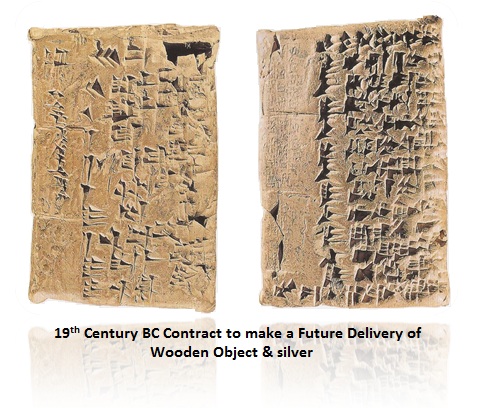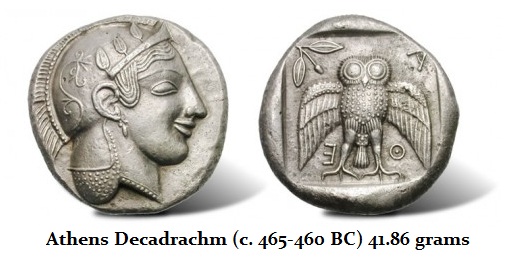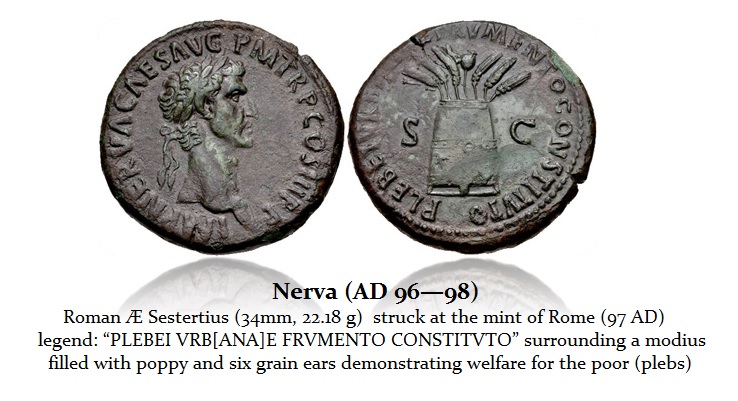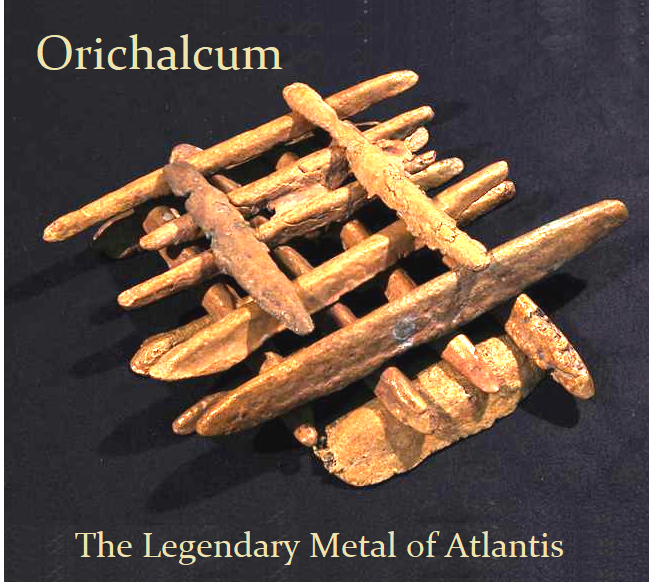QUESTION: Mr. Armstrong; You mentioned that your chart on wheat was back to 1259 excluding ancient data. Is it really possible to collect data on commodity prices in ancient times?
Thank you
GD
ANSWER: Oh yes. We have commodity prices extending back even into Sumerian times. All sorts of legal contracts and invoices for trade were recorded on clay tablets. Pictured here is a futures contract for the delivery of a wooden object and silver. Futures contracts were first invented in ancient times.
Tablets have even been discovered with written language that was previously unknown. Excavations at the Kültepe in central Turkey have uncovered 23,000 tablets. Some 12,000 cuneiform tablets were found in the ancient city of Kanesh, which was a major hub of trading, and they provide trade records including business transactions, accounts, seals and contracts. Many people working together have been able to reconstruct trade in ancient times and have clearly shed light on the vast economic trade network of goods such as wool, wine, and precious metals across the Anatolian plateau during the 19th Century BC. They were able to identify 15 cities which have already been found, and another 11 cities which remain undiscovered.
Using analytical correlation overlays of tablets recording trade and commodity prices from various cities, it is possible to recreate the probable locations of lost cities. Here is a 1/3 electrum stater of the ancient city of Lydia, in Turkey. There are NINE foreign exchange dealer markings on the edge of this coin showing that it traveled extensively in trade.
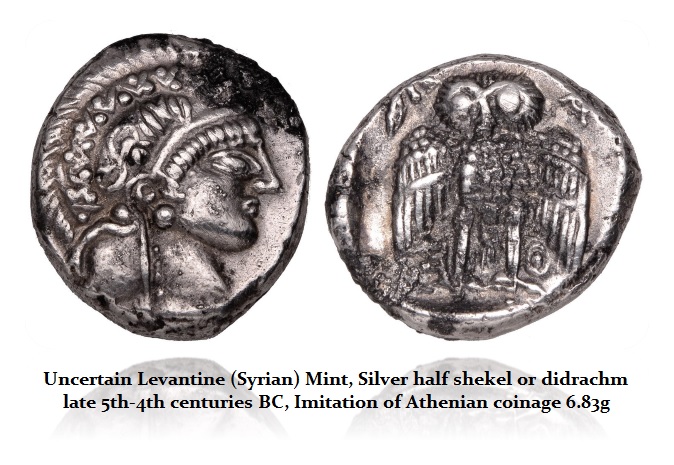 We know an awful lot about trade, commodity prices, and the movement of money flows from ancient times. This is an Athenian Decadrachm. It would have been like having a $1,000 bill if not more. While they were struck in Athens, they have been found in port cities outside of Greece. That is a sure indication that this large denomination was used for trade, not in local commerce. Here is a Syrian imitation but while they use the design of the Decadrachm, they made a two drachm denomination which were never issued. This illustrates that the Athenian coins they saw in trade were the Decadrachms.
We know an awful lot about trade, commodity prices, and the movement of money flows from ancient times. This is an Athenian Decadrachm. It would have been like having a $1,000 bill if not more. While they were struck in Athens, they have been found in port cities outside of Greece. That is a sure indication that this large denomination was used for trade, not in local commerce. Here is a Syrian imitation but while they use the design of the Decadrachm, they made a two drachm denomination which were never issued. This illustrates that the Athenian coins they saw in trade were the Decadrachms.
 Even Hammurabi’s legal code of the 1780 BC period records wages, prices, and the rule of law. We also have the Edict of Diocletian (284-305 AD) who instituted wage and price controls during the 3rd century AD.
Even Hammurabi’s legal code of the 1780 BC period records wages, prices, and the rule of law. We also have the Edict of Diocletian (284-305 AD) who instituted wage and price controls during the 3rd century AD.
The bread consumption in ancient Rome was extremely high. In Roman movies, we often hear how Rome depended upon Egypt for grain. The average male roman ate about 2 pounds of bread a day. The unit of measurement for wheat was the Modius (plural: modii). One modius equaled 20.7 libra (1 libra (Roman pound) = 322.5 g) or 6.67 kg. Therefore, the average monthly bread consumption for just one person was about 4 modii (26.68 kg = 58.8 pounds). One modius produced 16 – 20 one pound loaves of bread. Romans tended to survive on bread, olives, and wine. We know from records uncovered in Pompeii that 1 modii of wheat sold for 7 sestertii = 28 as and 1 modii rye sold for 3 sestertii = 12 as.
 Here is a Roman Sestertius showing a modus filled with wheat. This was the welfare program for the poor (plebs) to keep them happy (Plebei urbanae frumento constituto). Give them sports and bread, and they left the politicians alone. That is much the same today. Give them food, football/soccer and they politicians can keep raising taxes and corruption explodes until the food and sports run out.
Here is a Roman Sestertius showing a modus filled with wheat. This was the welfare program for the poor (plebs) to keep them happy (Plebei urbanae frumento constituto). Give them sports and bread, and they left the politicians alone. That is much the same today. Give them food, football/soccer and they politicians can keep raising taxes and corruption explodes until the food and sports run out.
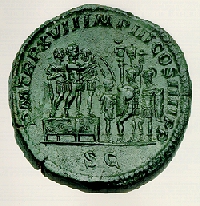 A private secretary or scribe would earn 15 denarii a month while a Legionary Soldier at the lowest level would earn 20 denari per month. From the time of Gaius Marius (157-86 BC) onwards, legionaries received 225 denarii a year. This basic pay rate remained unchanged until Domitian (81-96 AD), who increased it to 300 denarii per year. Because of the steady gradual inflation during the 2nd century, there was no further rise until the time of Septimius Severus (193-211AD), who increased it to 500 denarii a year.
A private secretary or scribe would earn 15 denarii a month while a Legionary Soldier at the lowest level would earn 20 denari per month. From the time of Gaius Marius (157-86 BC) onwards, legionaries received 225 denarii a year. This basic pay rate remained unchanged until Domitian (81-96 AD), who increased it to 300 denarii per year. Because of the steady gradual inflation during the 2nd century, there was no further rise until the time of Septimius Severus (193-211AD), who increased it to 500 denarii a year.
Here is a Sesterius with Septimus’ son, Caracalla (198-217AD) addressing the troops. The name sestertius means “two and one half”, referring to its nominal value of two and a half bronze as, which in the very early days was one roman pound during its bronze Aes Grave monetary system. The sestertius was a denomination which was useful for commerce because it was one-quarter of a silver denarius, which was worth ten bronze asses.

